Visit the Toba Sea Folk Museum and Discover the World of AMA
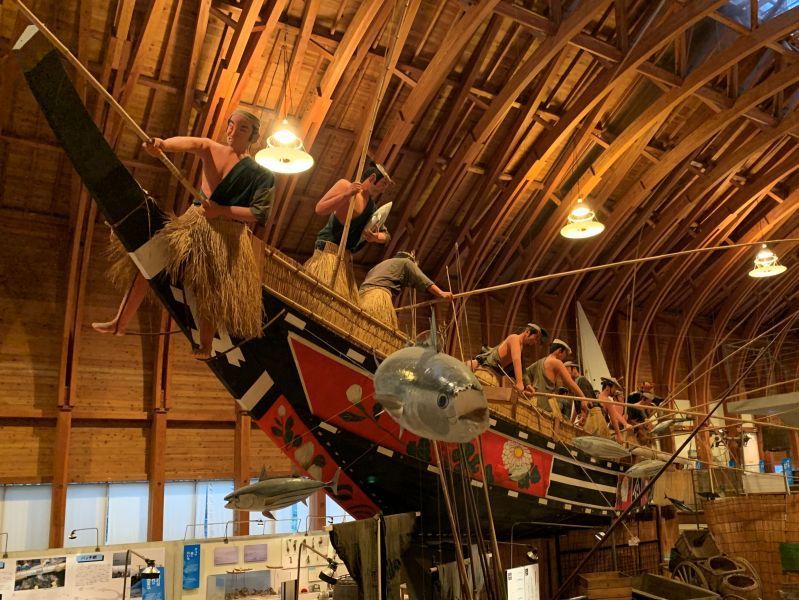
Set in heavily forested, low-lying hills, the Sea Folk Museum boasts a wide range of sea and fishing items on display, and is an amazing source of information and insight into the AMA (diving women) culture of Japan.
Written by Dan Lewis
-Author's Introduction
Originally from the state of Alaska in the USA, Dan Lewis is a long-term resident of Japan. He has lived in Mie, Ishikawa and Gifu Prefecctures, and currently resides in Nagoya, the capitol city of Aichi Prefecture. Dan is an avid fan of technology and nature - two areas that Japan is blessed with! He loves taking "the road less traveled" and discovering new places.
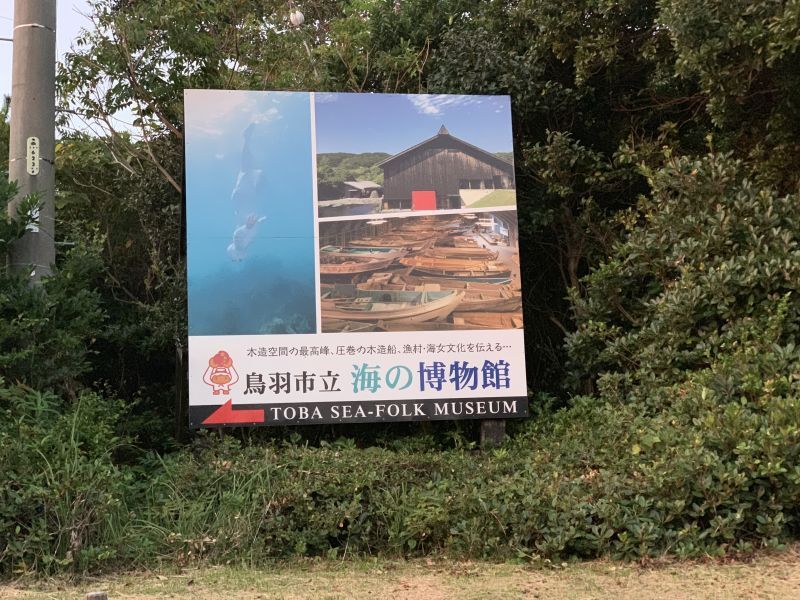
A large sign on the main road signaled where to turn, and a wide road led down from the main road to the museum and although there were no clear signs showing which way to go, using a navigation system, it was easy enough to find the gravel parking lot.
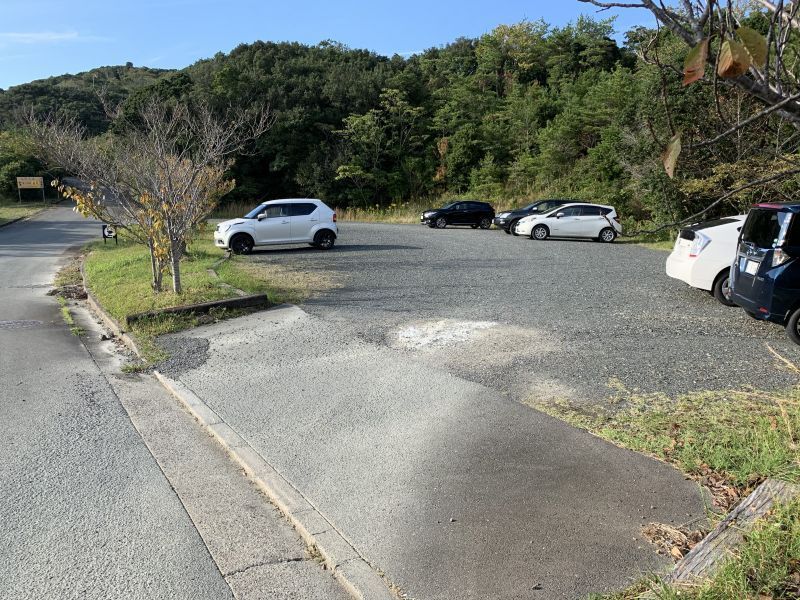
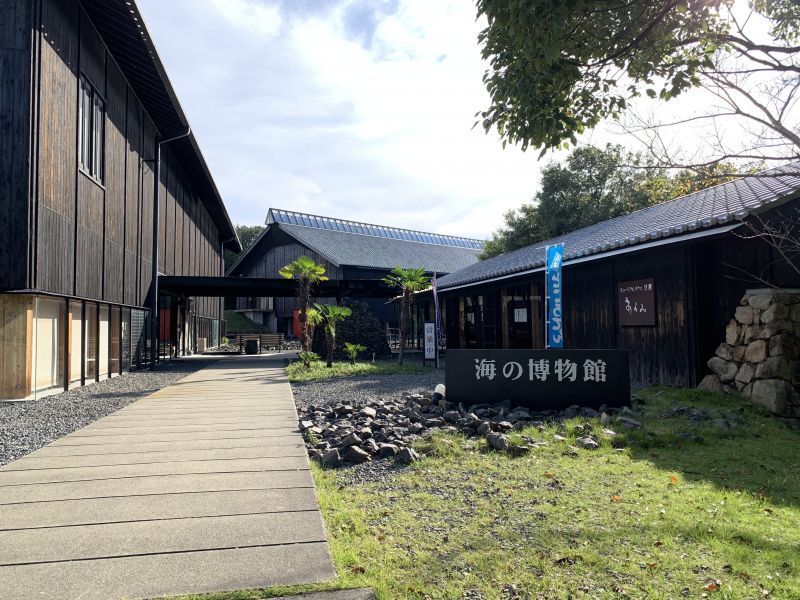
A path leads directly from the parking lot and bus stop to the museum entrance, just past a small café on the right. The museum itself is a combination of large, old-ish warehouses, and newer buildings, with stone walls surrounding some portions of the buildings.
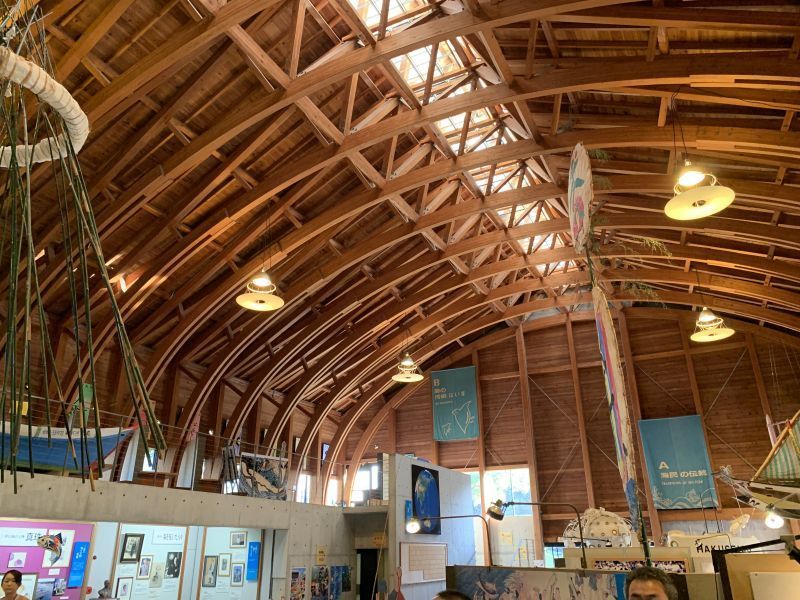
Opposite the cafe, the entrance to the museum leads directly to the main hall of the first building. The interior comes as a stunning surprise, its artistic style quite a contrast to the rustic appearance of the exterior. Although the ceiling looks as if it were made from a boat turned upside-down, it was actually designed with the bones of a snake in mind.
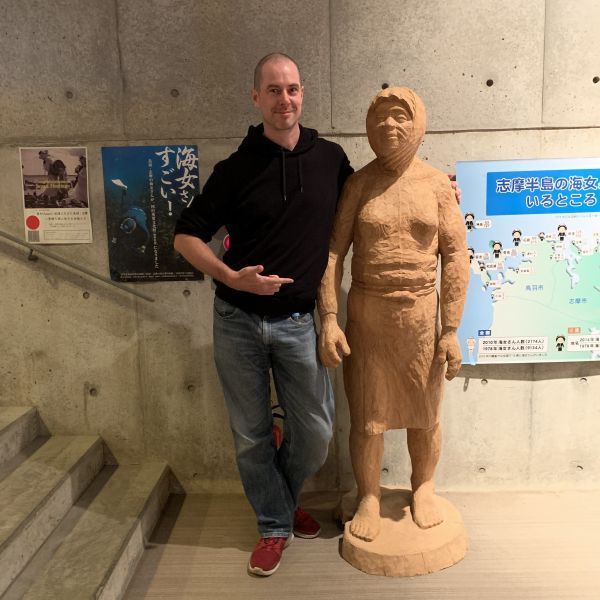
Our tour started with a video in a small theater adjacent to the entrance. With excellent visuals and explanations, the short film gave an informative background and overview of the lifestyle, culture and challenges that the AMA faced, and still face.
I was surprised to learn that originally, the AMA dived with their upper bodies unclothed. They started wearing white clothing to cover their upper bodies around 1860, when photography was introduced into Japan. This was in order to provide some additional privacy. Still, the history of the AMA is over 5000 years old, so this change in their appearance is a relatively recent one.
With the advent of goggles, AMA were able to harvest more sea fish, and as a result goggles were banned in some areas to prevent overharvesting. Regulations varied community to community.
Ama started using wetsuits 40-50 years ago but some communities disallowed their use. In regions where wetsuits are prohibited, divers use thick or warm clothing such as leotards. There are even such rules that regulate the thickness of, or quantity of wetsuits that can be owned in a family. This is all to prevent overfishing.
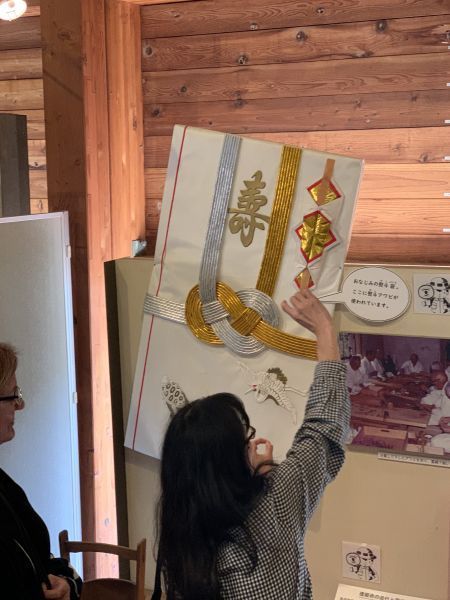
AMA dive 3 to 30 meters deep, for up to 50 seconds at a time. They are allowed to dive 60 to 90 minutes a day, for a total of 70 to 90 times. There are currently about 1800 AMA in 18 prefectures in Japan, and approximately 800 in Shima alone. There used to be around 6000.
While watching the film, I gained a sense of the strong focus placed on supporting the local natural habitats, and on harvest sustainability. Abalone, for example, although extremely popular, are regulated according to their size as well. They must be a minimum size before they can be harvested. Harvesting seasons, quantities and sizes are regulated so as to insure harvests for future generations.
Care is taken to not over harvest abalone or other sea life. Nowadays, a typical day’s catch is 5 to 10 abalone, whereas 30 to 50 years ago, one diver would catch dozens in a single day! AMA look for not only abalone, but also turban shells and other seafood.
After the video, Mr. Agata, one of the museum workers, gave us a tour. We started in the main hall and learned about the role of the AMA with religious ceremonies.
Harvested items are used in foods dedicated to the gods of Ise Shrine at the most important festival held there. There are 31 kinds of dishes, 15 of them are seafood, including the abalone caught in Toba Kuzaki area in Toba. This is a tradition that has continued for over 1000 years.
All of the abalone used is harvested by the AMA. Abalone plays an important role in the ceremonies at Ise Shrine, and is used in many forms and ways.
It’s not entirely clear if someone actually eats the food after it has been dedicated to the gods of Ise Shrine. Ise Shrine has many secrets, and the answer to this question appears to be one of those secrets, so we may never know for sure.
Mr. Agata explained in more detail how the abalone is prepared. One interesting point was how it is dried and stretched out to signify a hope or desire for a long life. Another was that the decorative envelopes used for giving gifts in times of celebration were originally decorated with abalone. These envelopes can still be bought.
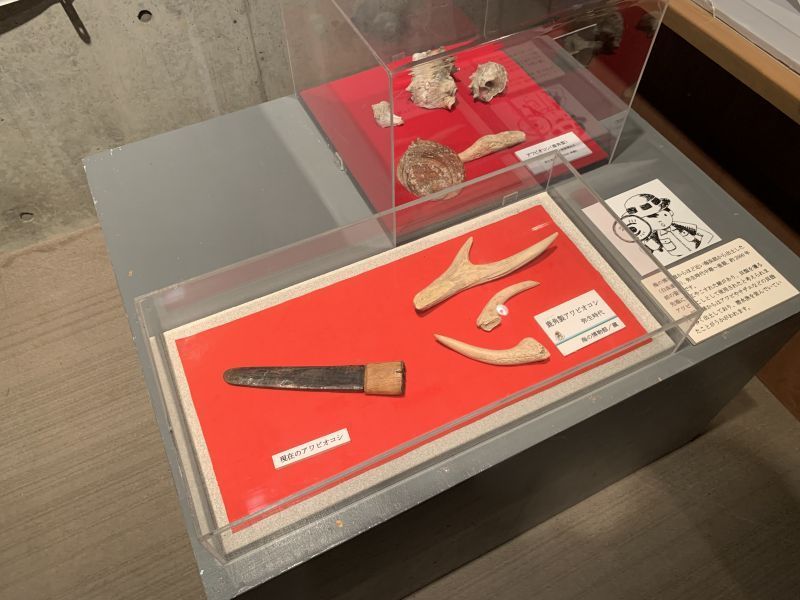
An ancient text detailed a complaint that the men were simply taking it easy in the boat while the women worked hard diving. It should be noted, however, that the author of the book was a female. She might have been venting, or quite possibly have been a pioneer in the equal rights movement in Japan.
In a usually husband-wife team, the man’s job was to continually watch his wife while she dived, and to keep the boat directly above her so as to help her when she needed it. Mr. Agata wants women to remember to thank men for their hard work.
We moved on to another building. Here we were able to examine tools made from deer antlers that were used to pry abalone etc. from the rocks. The same process to harvest is used even today, but now, steel tools are used.
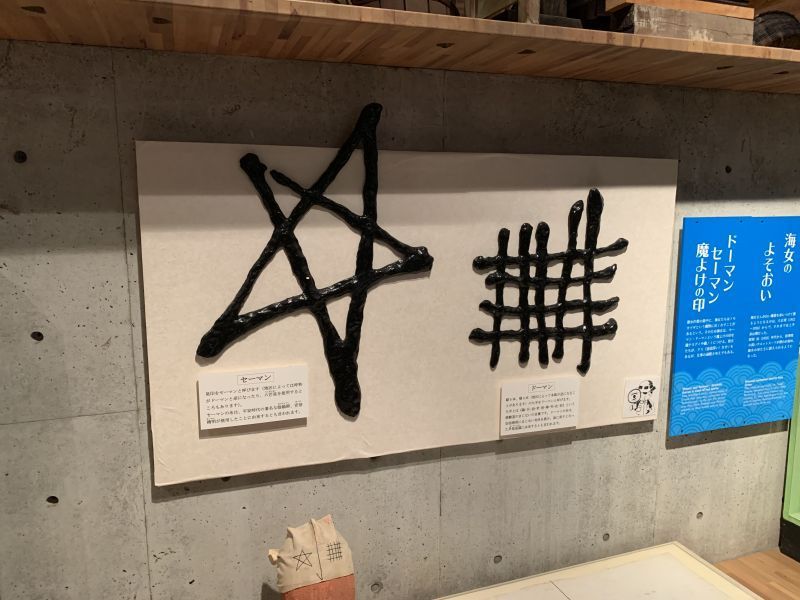
As their job is extremely dangerous, the AMA naturally became somewhat superstitious. They often carry charms, or stitch specific patterns on their clothing. The mark on the left came from a mark a magician used, and is supposed to help you come back to the same location you departed from, as this mark starts and ends on the same spot. The mark on the right is from a disciple of Doma, and is thought that the multiple intersections which can be called “me” or eyes, represent eyes to watch over you.
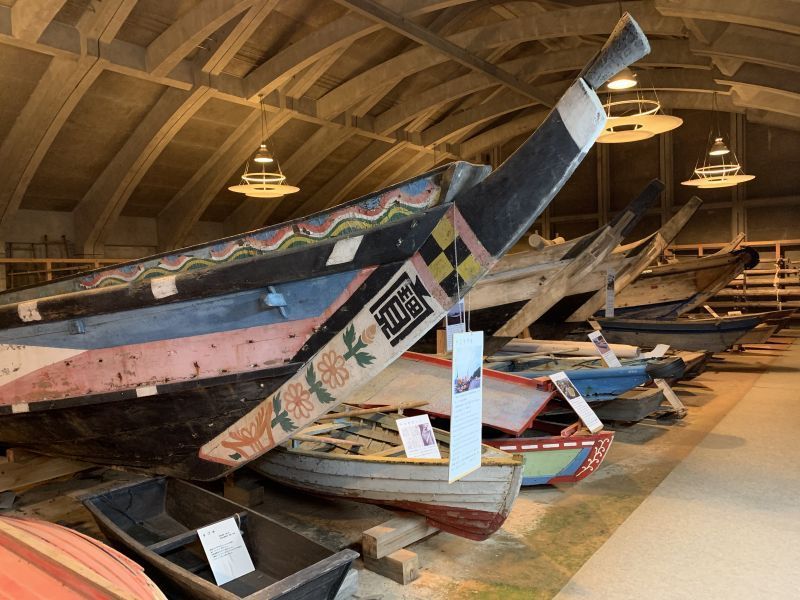
I was surprised to hear that there are a total of five buildings in this museum! There is so much to see! The next building we visited was home to over 80 boats of various sizes, shapes and colors. Long timbers were carefully bent over time and fit together in a method that shows the great skill of Japanese woodworkers.
There are more buildings to explore and many programs in which you can directly participate to learn more about AMA and their amazing culture. For more information, please visit the Toba City SEA-FOLK MUSEUM
website. http://umihaku.com/english/index.html